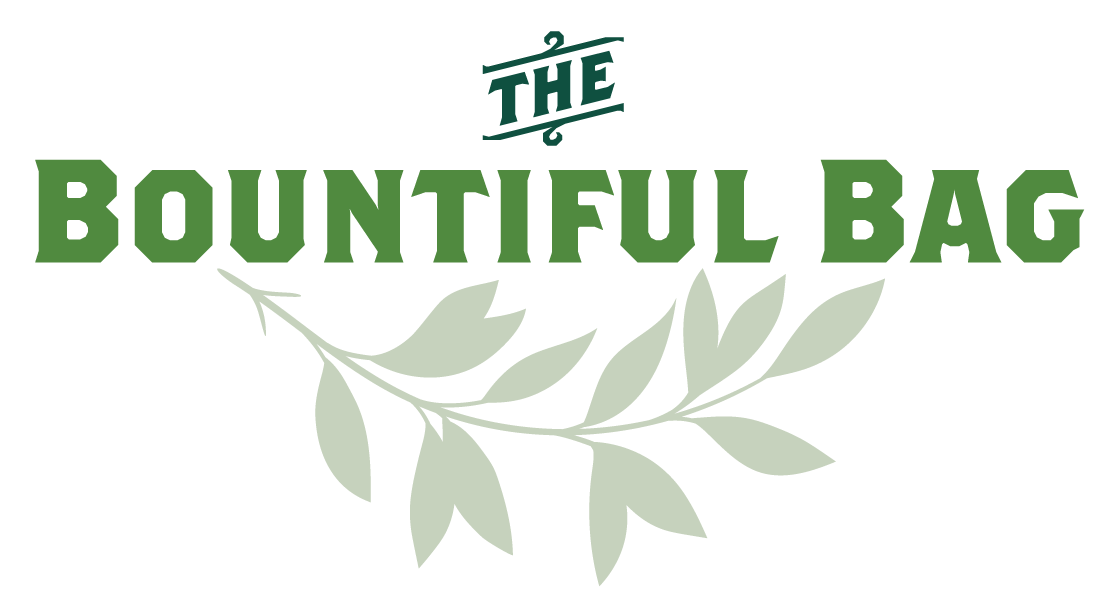OUR PROCESS
Upcycling is a very labor intensive and challenging process. While most of the materials we use are donated to us, aka free, there is a lot more work involved in using disposed-of materials vs. new ones.
Let’s review…
When you purchase a new material (like brand new fabrics for example), your experience is usually smooth from the start:
- You are presented with a catalog including color and pattern options that allow you to start designing and envisioning your products from the get-go.
- Materials are available at the click of a button and shipped right to your door.
- Materials come in pristine condition, ready to be made into something new.
- You can usually re-order the same materials without trouble, which helps with brand consistency, production speed and workflow.
When you upcycle materials, it goes something like this:
- Sourcing equals hounding other people/companies for their excess materials or “trash”. Asking them to “pleeeease” save them for you and keep them in good condition until you can pick up.
- You have to coordinate pick up and/or shipping with them, and since they are doing you a favor, you can’t make demands or make them prioritize you.
- You never know what you are going to get! Most plastic materials are usually found dirty and wrinkled (and can’t be ironed!), so they need washing and persistent stretching. Excess fabrics come in different colors, shapes, thicknesses and sizes, and some could be stained or discolored. Other times we have to take apart an existing product to upcycle its “parts”.
- Most graphics and patterns are different, making the design process challenging (but also super fun!), and 80% of the time you aren’t able to re-create your designs, but that’s also part of the magic.
- Plastic is hard to handle, harder to cut and even harder to sew. When working with giant banners, it takes a minimum of two people to maneuver the material in order to cut it in smaller sections. You also have to be strategic as to not to ruin any of the designs.
If you ever wondered why sustainable products are pricey (even if the materials are free), know that upcycling takes a lot of time and effort, but the satisfaction we get from helping reduce waste in our world is very, very worth it!
WHAT MATERIALS DO WE UPCYCLE?
MALT BAGS
BEFORE
AFTER
BANNERS
BEFORE
AFTER
SAMPLE SWATCHES FROM FURNITURE STORES & EXCESS FABRICS FROM THE FASHION INDUSTRY
BEFORE
AFTER







